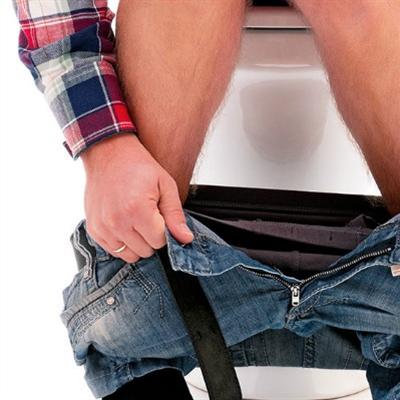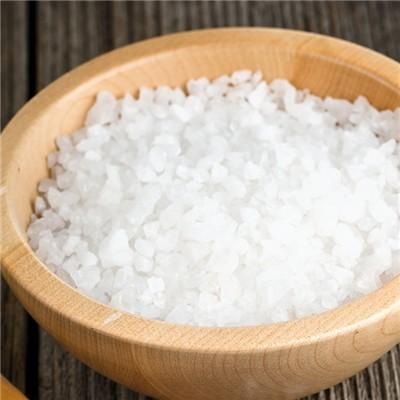How does liver canal stone do
summary
Intrahepatic bile duct stone is a type of bile duct stone, which refers to the stones in the branches above the confluence of left and right hepatic ducts. It can exist alone or coexist with extrahepatic bile duct stones. It is bilirubin stone commonly. Intrahepatic bile duct stones, often combined with extrahepatic bile duct stones, complicated with bile duct obstruction. It can induce local infection and secondary biliary stricture, which makes it difficult for the stone to be discharged by itself, and the disease can not be cured. This disease can cause serious complications and is an important cause of death in benign biliary diseases. How to deal with hepatolithiasis.
How does liver canal stone do
First, minimally invasive hepatolithotomy can be used for treatment. Minimally invasive hepatolithotomy is based on ERCP endoscopy, using duodenal large papilla balloon to expand the bile duct outlet. ERCP endoscopy is sent into the common bile duct, through the common bile duct to the intrahepatic bile duct, through the intrahepatic bile duct balloon to expand the intrahepatic bile duct. The stone can be removed completely at one time by enlarging the inner diameter of intrahepatic bile duct, making it unobstructed.

Second: surgical treatment can also be carried out. The main methods of operation are: high bile duct, incision and lithotomy, internal drainage of bile duct, or elimination of intrahepatic infectious lesions. The whole operation was performed under video endoscopy, without pain, trauma and bleeding. Intrahepatic bile duct stones were completely cured at one time, and normal liver tissue was preserved.

Third: once the patient is found to have residual bile duct stones by T-tube radiography after surgery, the T-tube can be removed after the formation of sinus tract, and the choledochoscope can be inserted through the sinus tract, and the stone can be removed with stone forceps and basket under direct vision. If the stone is too large, we can use laser lithotripsy, micro explosion lithotripsy or other methods to break it into small pieces and then take it out.

matters needing attention
Intrahepatic bile duct stones can also cause complications, which can be divided into acute and chronic complications. Acute complications are mainly biliary tract infection, including severe cholangitis, but the source of liver abscess and associated infectious complications, systemic malnutrition, anemia, hypoproteinemia, chronic cholangitis and, biliary, liver abscess, multiple hepatobiliary stricture, etc They are symptoms of chronic complications.













